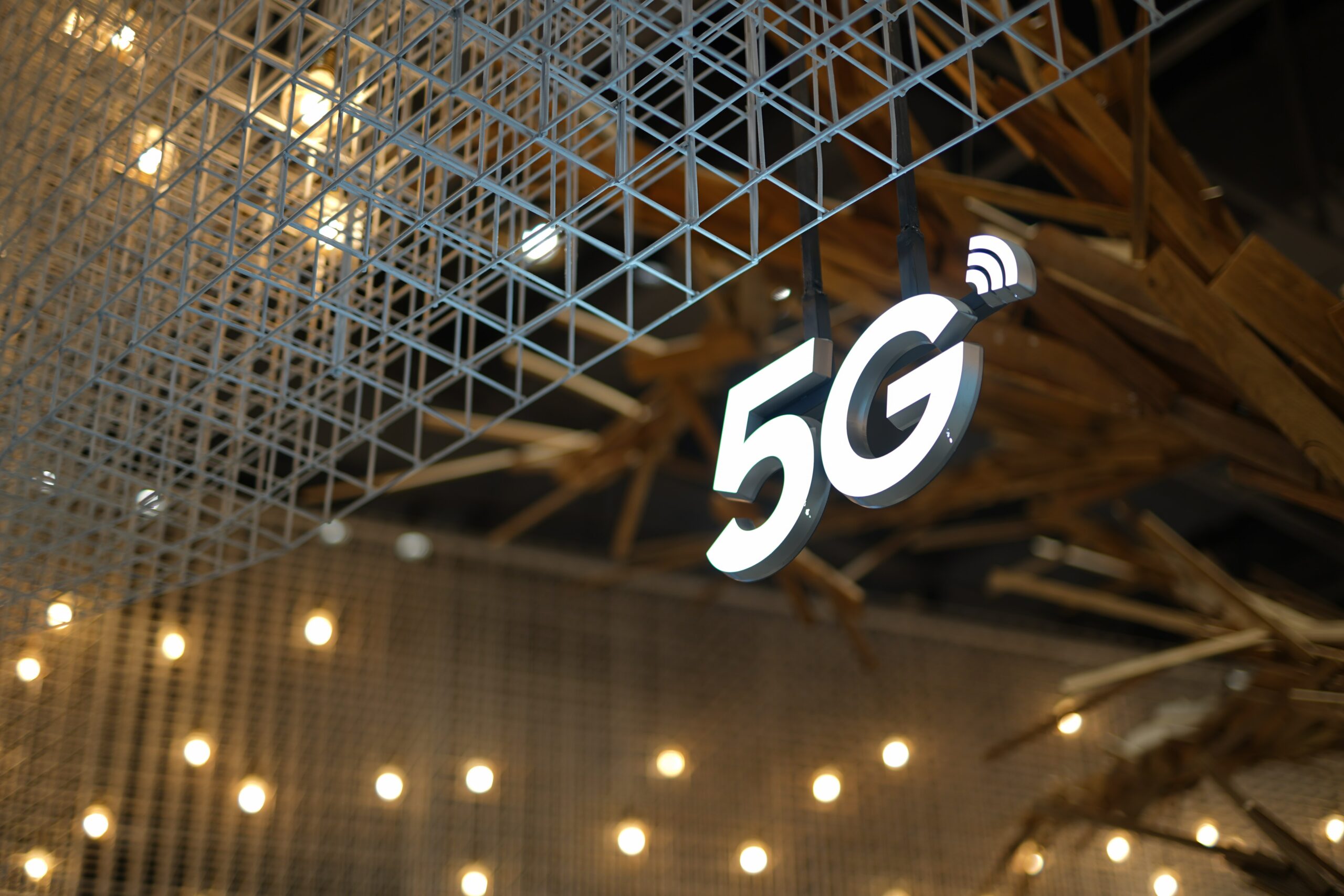PRESS RELEASE — BT today announced a pioneering trial of a new hyper-sensitive quantum antenna technology using excited atomic states that could boost the capability of next generation 5G and IoT networks.
Atomic Radio Frequency (RF) receiver technology represents a revolutionary new way of detecting radio waves that could find much weaker signals than conventional receivers. The receiver works by using a quantum effect called “electromagnetically induced transparency” to form a highly sensitive electric field detector. BT’s trial represents the first time a digitally-encoded message has been received on a 3.6GHz (5G) carrier frequency. Previously, simple audio has been received using much higher frequencies but this trial is the first industrial demonstration using digital modulation within one of EE’s main commercial 5G frequency ranges.
This new type of receiver may reduce mobile network energy consumption, enable Internet of Things (IoT) devices to become more cost efficient and longer lasting and support lower-cost smart cities and smart agriculture. Theoretically over 100x more sensitive than traditional receivers, the atomic RF Receiver can be positioned in a passive optical receiver in hard-to-reach locations, potentially bringing mobile networks closer to achieving one hundred percent coverage and helping to close the connectivity divide.
While the technology is still in the very early stages, it has the potential to provide greater sensitivity than conventional radio antennas, tuneable operation from very low frequencies, detection of analogue and digital modulation, and low energy consumption through reduced need for electronics. The new technology could in future form the basis of ultra-sensitive 5G receivers for use in very low power passive mobile networks.

Researchers at BT Labs in Martlesham are now working to miniaturise the equipment and find the optimum RF modulation and signal processing for potential use in future generations of radio networks.
Howard Watson, CTO of BT said: “BT’s investment in cutting edge R&D plays a central role in ensuring the UK remains a network technology leader. Our programme has huge potential to boost the performance of our next generation EE network and deliver an even better service to our customers. Although it’s early days for the technology, we’re proud to be playing an instrumental role in developing cutting edge science.”
BT has also secured a number of patents related to the implementation of the atomic RF receiver and is the first company to make use of the technology to send a message at 3.6GHz. Earlier this year, BT also had its first external publication on its atomic RF Receivers accepted for publication in the prestigious Journal of Lightwave Technology.
For more market insights, check out our latest quantum computing news here.

















